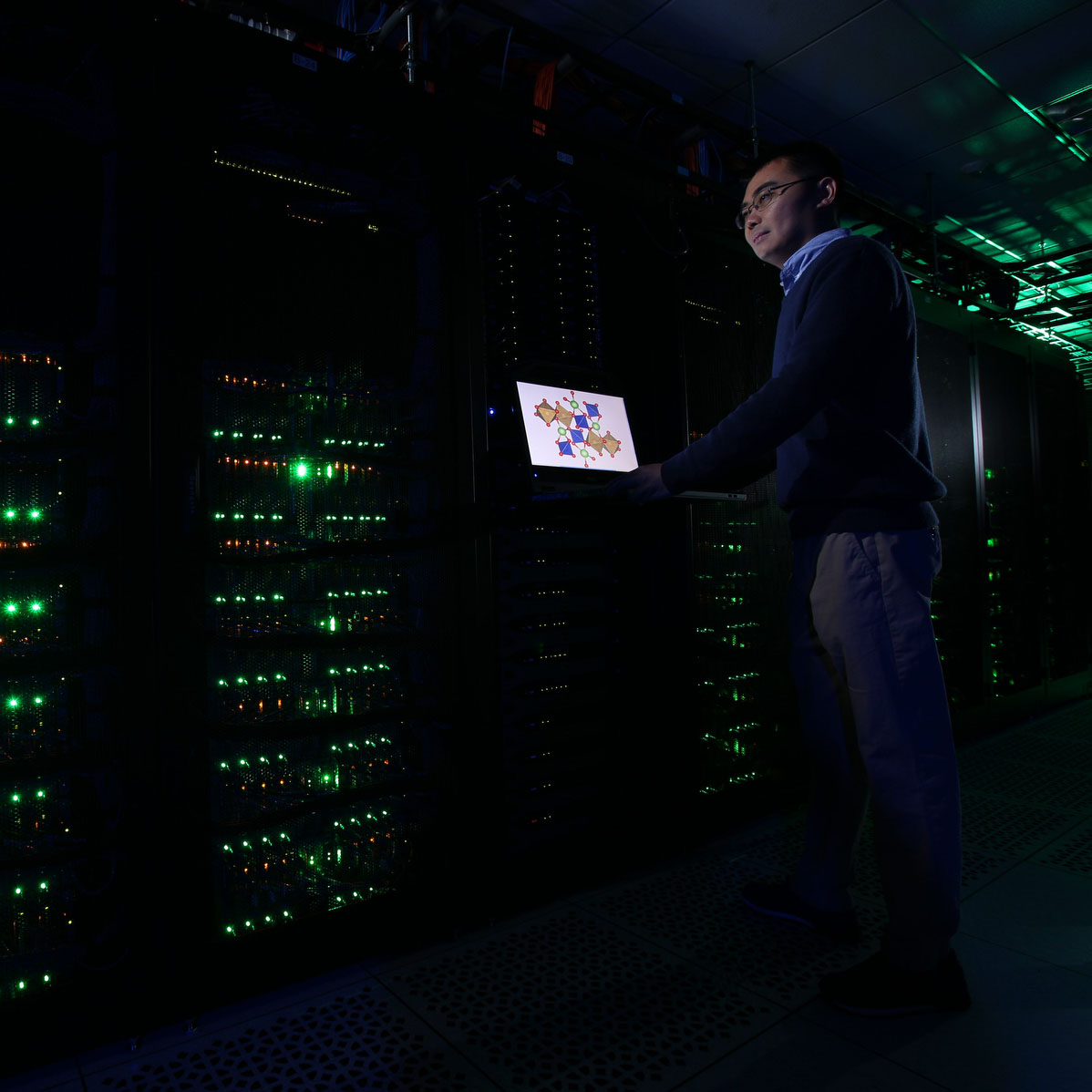News Story
The Quest for a Better Battery
As the need for lithium-ion batteries in consumer electronics, electric vehicles, and aerospace industries continues to grow, so does the need for a safer and more efficient rechargeable battery solution. Li-ion batteries contain dangerous pressurized flammable liquid electrolytes that are known to ignite under some conditions. Even though solid state li-ion batteries are considered to be the next generation solution due to their potential to produce three times the energy density of a typical battery as well as containing non-flammable electrolytes, the high cost of their manufacture remains a big challenge.
Professors Eric Wachsman and Liangbing Hu at University of Maryland Energy Research Center (UMERC) and Associate Professor of Chemistry at the University of Calgary Venkataraman Thangadurai designed an intrinsically safe, low-cost, high-energy solid state li-ion battery that reduces manufacture costs dramatically. This battery cannot catch fire and has a greater energy density, meaning that electric cars can go farther on a single charge and thus reduce users’ range anxiety.
It is great to be recognized by the University for our contribution.
Professors Wachsman and Hu share their excitement about being nominated. “It is great to be recognized by the University for our contribution,” says Wachsman. Professor Hu feels honored to be recognized as part of a great community of researchers at UMD.
Professor Hu also explains that a few issues remain to be solved with respect to producing a fully successful li-ion solid state battery. “There are a few challenges, one of which is the interface impedance. We are working together to solve this challenge by using various interface layers,” says Hu. Unlike traditional batteries, solid state batteries do not have a middle layer made of liquid material. Typically, this liquid material, although dangerous, allows for easy recycling of batteries. Professors Wachsman and Hu are working to make their solid state battery easily rechargeable by creating a better interface among all the solid layers in the battery. They remain optimistic about the great potential in their invention.
Published April 15, 2014









